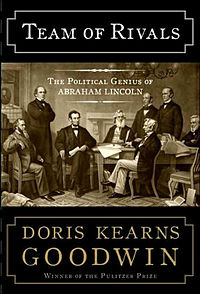 |
| The Help by Kathryn Stockett, $15 |
Laura lent me her copy of The Help and I graciously accepted it because, well, I love getting suggestions from Laura. Also, Tolle—though enlightening—is a mentally exhausting read and I wanted something with a bit more flow.
What I got was a taped together novel with umpteen narrators and one of the most impressionable messages. Kathryn Stockett’s The Help is a new-age To Kill A Mockingbird. It’s about the relationships between black maids and their white employers in the mid-20th century south. Skeeter, a frazzled yet endearing 24-year-old comes home from college with an English degree and a fresh perspective on things. But her peers and friends, many of whom did not attend college and instead got married and had children, don’t share her sentiments.
Skeeter returns from college to rejoin a society where the most pressing issue is separate toilets for blacks and whites, where the Junior League newsletter is studied more than the Bible. And Skeeter begins to question this frozen, superficial South.
After some struggle, Skeeter, with the help of many of her neighborhood maids, compiles a collection of stories told from the maids’ perspectives. Some are heartwarming, about the maids’ intense love and connection with the white children they raise or the displays of generosity they receive from their employers. And some are heartbreaking, like the stories detailing the naïve ignorance of society women and their inability to properly love their children, and the widespread abuse (League members to non-members).
The book Skeeter writes and eventually publishes is a book within a book. Because Stockett’s The Help accomplishes exactly what she would have wanted Skeeter’s book to. Though it’s written almost 50 years after the Civil Rights movement, The Help challenges the reader to evaluate the “lines” that separate them from others in their lives.
Though the storyline is touching, it’s the presentation that puts this book on numerous “Best of” lists. Stockett actually grew up in Mississippi under the care of a black maid. She is a modern Skeeter with better hair who has had years to contemplate the circumstances of interracial relations. And that meticulous thought is evident in her writing. Skeeter and Aibileen and Milly seem tangible because their characters have been so fully developed over the past several decades, down to the way they write and pronounce “tee-vee.”











